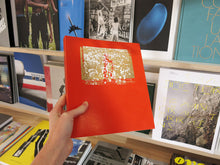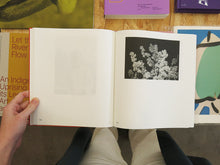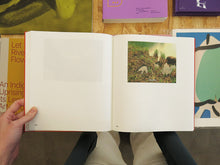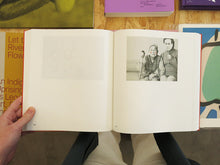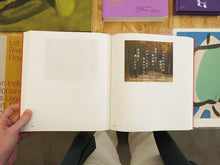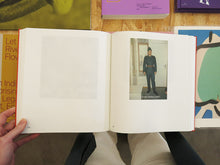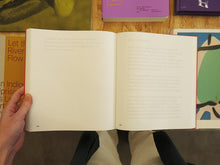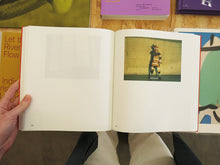
This publication brings together a tripartite series by Swiss-Japanese artist David Favrod in which he examines and invents his binational identity. The three elements of the series are Gaijin (Japanese for foreigner), Omoide Poroporo (a Japanese expression meaning ‘memories like falling rain’) and Hikari (which means light). As an 18-year-old man Favrod, whose mother is Japanese, requested Japanese dual nationality but did not meet the bureaucratic requirements. Since then, through his photographic practice, he has staged his own Japan in Switzerland in the series Gaijin; considered his own identity, and the challenge of objective self-portrayal, in Omoide Poroporo; and reflected on how other people’s memories, particularly family memories, influenced him in Hikari. The works are a mixture of found images, documentary and staged shots, and digitally reworked and collaged files.
Japanese cultural keystones are known the world over, though when replayed at a distance they can tip into stereotype or cliché. Among the forms and practices that have travelled beyond the islands of Japan are Kabuki theatre, judo, cherry blossom and Godzilla. Meanwhile Switzerland’s Alpine views are sought out by Japanese tourists – while the West sent the atomic bombs to Japan whose catastrophic effects were felt by Favrod’s grandparents. These tropes, and others, appear in the book, an intermingling of all three series in which imitation, humour, melancholy and celebration meet. Favrod employs a variety of visual tools to make images foreign, or familiar, or makes them conform to different aesthetic codes.
Favrod’s works are presented with their titles across the image, akin to film subtitles, another echo of culture in translation. At the back of the book, supplementary information regarding the images is printed in reverse; it can be read through the page, echoing what is called ‘Japanese binding’ where the paper front edges remain closed.
344 pages,, 21 × 23.5 cm, softcover, Kodoji Press (Baden).
Japanese cultural keystones are known the world over, though when replayed at a distance they can tip into stereotype or cliché. Among the forms and practices that have travelled beyond the islands of Japan are Kabuki theatre, judo, cherry blossom and Godzilla. Meanwhile Switzerland’s Alpine views are sought out by Japanese tourists – while the West sent the atomic bombs to Japan whose catastrophic effects were felt by Favrod’s grandparents. These tropes, and others, appear in the book, an intermingling of all three series in which imitation, humour, melancholy and celebration meet. Favrod employs a variety of visual tools to make images foreign, or familiar, or makes them conform to different aesthetic codes.
Favrod’s works are presented with their titles across the image, akin to film subtitles, another echo of culture in translation. At the back of the book, supplementary information regarding the images is printed in reverse; it can be read through the page, echoing what is called ‘Japanese binding’ where the paper front edges remain closed.
344 pages,, 21 × 23.5 cm, softcover, Kodoji Press (Baden).








